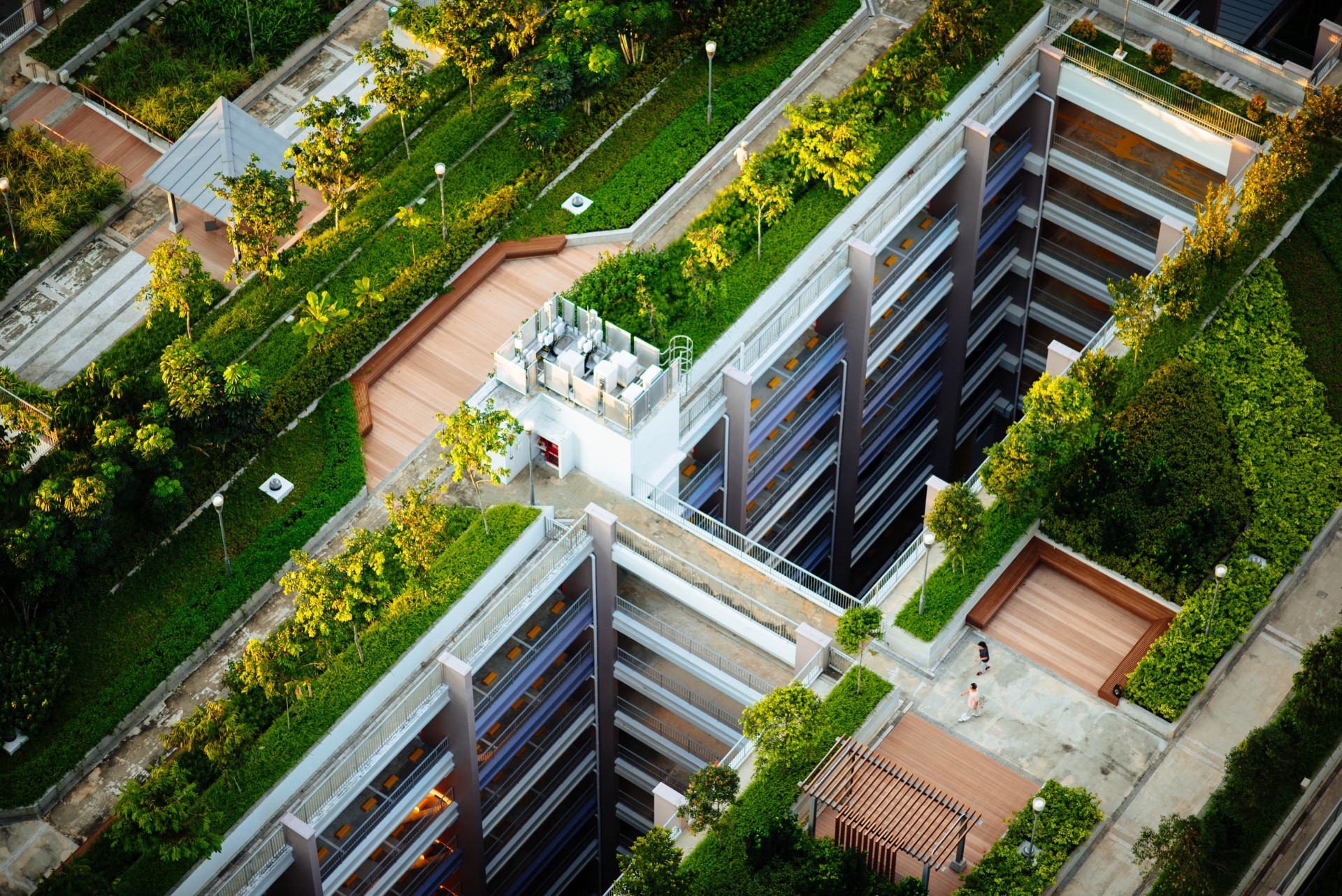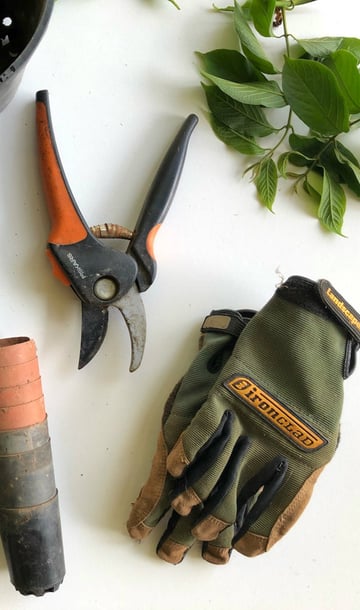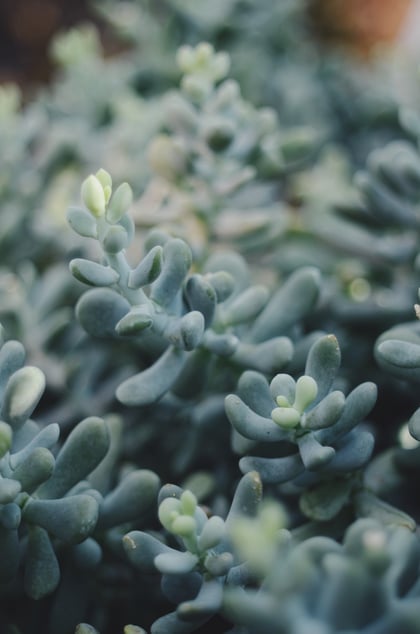
Stewardship is a critical factor in getting the most out of your green system, whether your goal is beauty or environmental benefits or both. Here’s how to get peak performance.
You have a green roof, or perhaps another green system. Whether it was recently installed or is 10 years old, you want it to work well.
Ideally, you want it to work very well. Year-round peak performance is the goal.
(One assumes. Let’s just go with it.)
But how do you accomplish that? In other words, what are the basic tasks involved in stewarding a green roof environment?
Glad you asked. Here’s a basic rundown of how you should steward your green system – whether a rooftop garden, bioswale or another kind of green infrastructure – all year round.
1. Schedule Regular Checkups
 This is the most important step.
This is the most important step.
Many people believe that “routine maintenance” is enough. Once or twice a year, and you’re good.
The problem with this is, no type of green infrastructure does well with “routine” maintenance, because it fails to account for the changing nature of the system. Simple maintenance often fights against the benefits of green infrastructure.
Instead, you need regular checkups to determine the current needs of the system. Sometimes everything looks good and you can wait 6 months until the next visit, but more likely, you need a quick look-see every 2 months or so.
2. Run Through Stewardship Checklists
When your green roofer or urban ecologist arrives at your rooftop/in your backyard/wherever, they’ll immediately start checking systems.
Note that every job or component will have its own checklist of items, factors you must analyze to ensure total health. Each roofing component needs a specific battery of small tests, while we likewise check out each species across the rooftop or other green system.
3. Check for Indicator Species
Certain plants are what we call “key indicator species,” which means their presence points to specific issues with the environment.
Moss on a green roof, for instance, indicates that the roof is retaining a lot of water for some reason. In some cases, that’s fine. We like moss; it’s natural and pretty, and offers plenty of water-retaining services of its own.
Sometimes, though, it indicates you need to address the source of the water before it damages the rooftop. Or it may mean the growing media is too alkaline, which can also become a problem.
Other plants point to soil acidity, lack of nutrients or other problematic conditions.
4. Adjust Plant Placement Only When Necessary

In addition to checking for certain types of plants, we will also check plant placement.
Don’t get us wrong; we don’t go through our roofs typically and put species in alignment here or there like some companies do. We figure, if they’re supposed to be on the roof, they can go ahead and migrate to where they’re happiest – as long as “where they’re happiest” isn’t in a drain or eating away at an asphalt surface.
If they’re doing damage, they need a new home.
If not, we give them a nod and a smile, and we move on. This relatively relaxed approach saves you money and keeps plants happy.
5. Fertilize
Like every other green system, such as your traditional garden, ecological systems require nutrients. Because green roofs and rooftop gardens exist in such harsh surroundings, exposed to the elements and above the level where organic matter typically accumulates, they need help getting fed.
While a green roof ecologist won’t necessarily feed a roof or other system every time, that will form a strong pillar of the overall stewardship plan.
6. Schedule Next Visit

Lastly, it’s time to schedule another meeting.
It is tempting to leave it up in the air, both for the sake of time and money, but that’s a bad idea. Most people and institutions who do that, in our experience, end up with dead or dying green roofs that need major first aid – or need a brand new installation.
No Bueno.
If instead you steward your systems on an ongoing basis, always looking for the little problems that only need little fixes, you’ll do a much better job maintaining the budget as well as the ecological benefits the system provides.
Guess what? We’re here to help.
Ecogardens provides ongoing maintenance to a huge range of companies and people, and we would delight in helping you as well.
Want to learn more? Feel free to check out our portfolio or get in touch!

